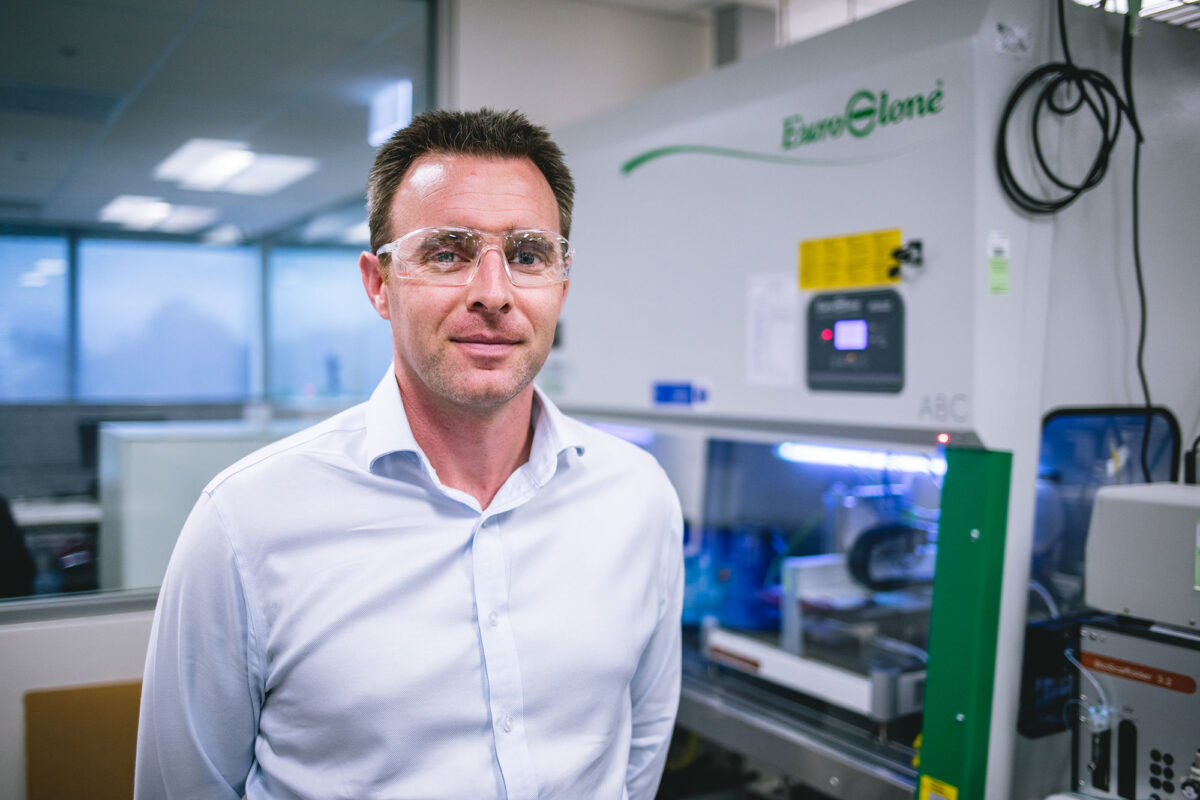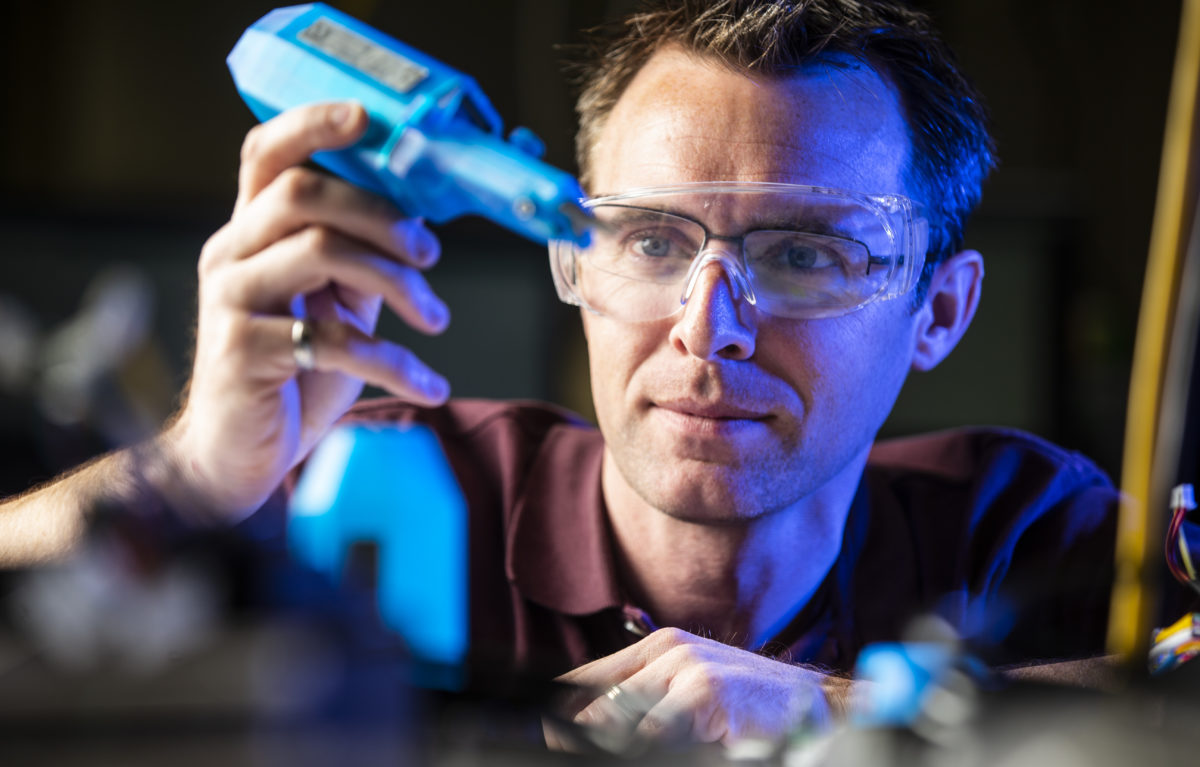News
3D printing bone tissue
Jun 28 2022

What is your role at TRICEP/ANFF Materials?
I am the Associate Director for Additive Technologies and Printing at TRICEP. I lead our team of skilled project engineers and technicians in the development of clinically focussed printing technologies as well as management of a wide-ranging suite of fabrication capabilities.
I am also charged with further expanding the capabilities of the University of Wollongong (UOW) to ensure that we remain at the forefront of this exciting new space.
What is your area of expertise and what kind of experience do you have in this area?
I bring fifteen years of advanced manufacturing experience at the forefront of translational research and commercial engagement. My experience is multi-disciplined across Engineering, Materials and Medicine, with the application of advanced fabrication techniques in the areas of energy and medical bionics through the development of additive fabrication approaches, technology and materials.

What are some of the projects and collaborations you are currently working on?
A snapshot of some of the industry collaborator and clinical research projects that I am working on for training of the next generation of ‘Biofabricators’ and to deliver tangible health benefits to patients include; the Axcelda Biopen (development of a handheld coaxial stem cell printing methodology and hardware to facilitate cartilage repair), iFixMedical (development of a low-cost handheld two-component gel delivery mechanism for treatment of corneal ulcerations), Printed Islet Cell Transplantation (development of printing methodology to support the printing and entrapment of islet cells in a porous implantable hydrogel scaffold for treatment of Type1 diabetes) and 3DREDI (ground up development of an intuitive bioprinting and research training platform in combination with bespoke control software and practical session coursework to equip users with skillsets essential in the emergent biofabrication industry).
What is the future outlook of these projects?
Each of these projects has already seen the development of novel hardware that is being used in international research laboratories and clinical trial settings. Results are helping us expand our knowledge of how to treat target conditions, refine printing methodologies and structure materials to provide the best functional outcomes. Future stages will see larger clinical trials and validation of these technologies before scaling up production and attaining regulatory approval.
How is this work being translated into real applications?
The work of TRICEP and my team is defined by clinical need. Our commercial and clinical partners are at the ‘coalface’. This allows us to focus on development efforts so that our work feeds directly into the gaps of the current clinical state-of-the-art.
Contact our TRICEP staff for all enquires here.













